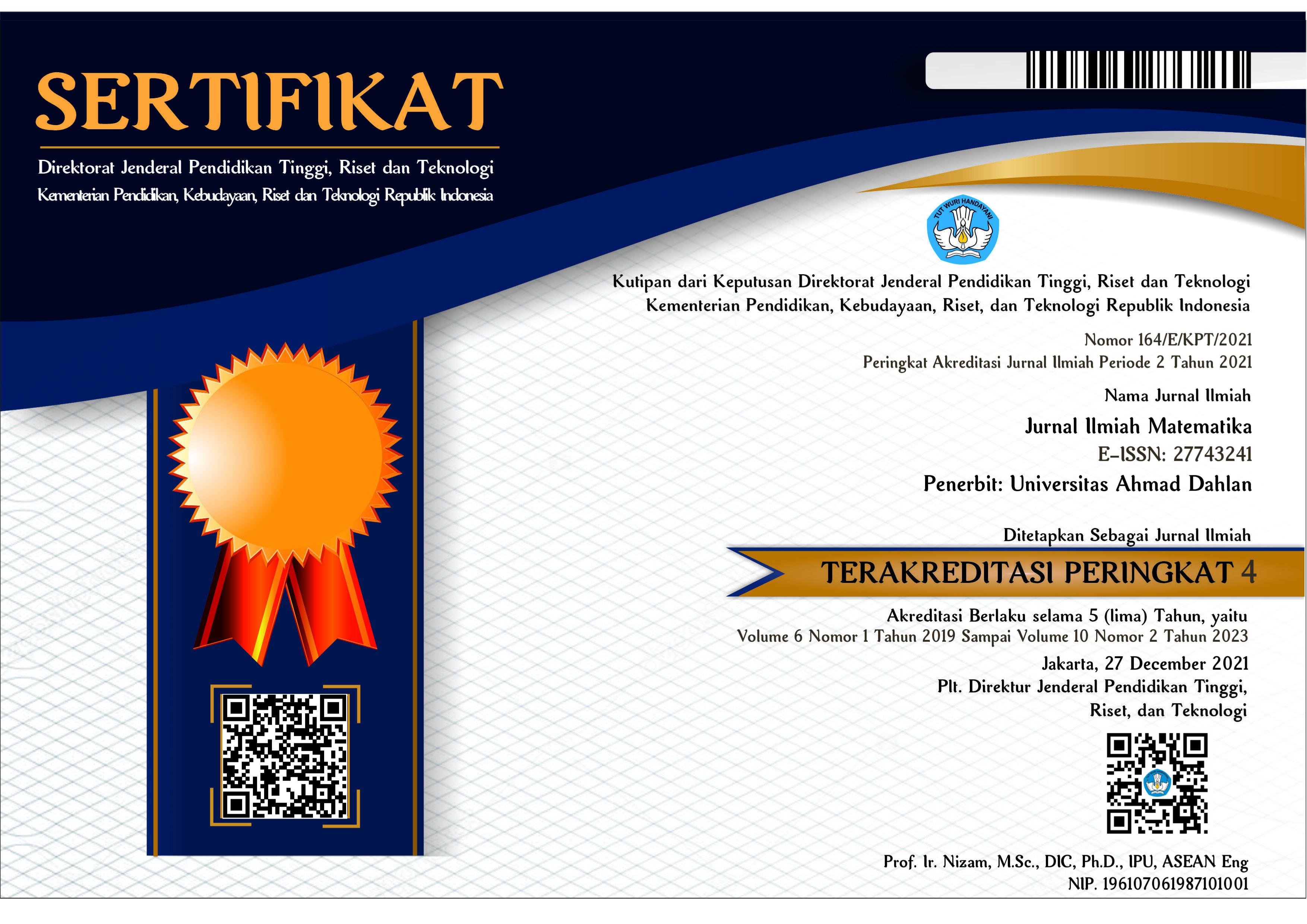Modelling and predicting energy consumption in laboratory buildings using multiple linear regression
DOI:
https://doi.org/10.26555/konvergensi.v8i1.21531Keywords:
Regression Model, Stepwise Selection, Influence factors, Energy consumptionAbstract
This study was carried to improve the energy saving by investigating the influence factors that contribute to high energy consumption in a building particularly related to the building in Technology Campus, UTeM. Correlation analysis was performed to measure the strength of relationship between the influence factors whereby all the factors proven to have a strong linear correlation with the energy consumption. The Stepwise Selection of Multiple Linear Regression (MLR) were used to determine and modelling the most influence factors that affects the energy consumption. The final linear regression models was developed based on the amount of lighting in a building and surrounding temperature in the building which is considered as major influence factors that affect the energy consumption. Comparing the actual and predicted energy consumption in Technology Campus, UTeM showed that the MLR model obtained can be used to predict energy consumption and accounted for around 81% of the variance.References
L. Yuan, Y. Ruan, G. Yang, F. Feng, and Z. Li, “Analysis of factors influencing the energy consumption of government office buildings in Qingdao,†Energy Procedia, vol. 104, pp. 263–268, 2016.
D. Mora, C. Carpino, and M. De Simone, “Behavioral and physical factors influencing energy building performances in Mediterranean climate,†Energy Procedia, vol. 78, pp. 603–608, 2015.
Y.-T. Chen, “The factors affecting electricity consumption and the consumption characteristics in the residential sector—a case example of Taiwan,†Sustainability, vol. 9, no. 8, p. 1484, 2017.
B. M. Henrique, V. A. Sobreiro, and H. Kimura, “Stock price prediction using support vector regression on daily and up to the minute prices,†J. Financ. Data Sci., vol. 4, no. 3, pp. 183–201, 2018, doi: 10.1016/j.jfds.2018.04.003.
M. C. Tsai, C. H. Cheng, M. I. Tsai, and H. Y. Shiu, “Forecasting leading industry stock prices based on a hybrid time-series forecast model,†PLoS One, vol. 13, no. 12, pp. 1–24, 2018, doi: 10.1371/journal.pone.0209922.
P. E. Ong, A. K. C. Huong, X. T. I. Ngu, F. Mahmud, and S. P. Philimon, “Modified lambert beer for bilirubin concentration and blood oxygen saturation prediction,†Int. J. Adv. Intell. Informatics, vol. 5, no. 2, pp. 113–122, 2019, doi: 10.26555/ijain.v5i2.363.
M. R. Braun, H. Altan, and S. B. M. Beck, “Using regression analysis to predict the future energy consumption of a supermarket in the UK,†Appl. Energy, vol. 130, pp. 305–313, 2014.
R. Gamberini, F. Lolli, B. Rimini, and F. Sgarbossa, “Forecasting of sporadic demand patterns with seasonality and trend components: An empirical comparison between holt-winters and (s)ARIMA methods,†Math. Probl. Eng., vol. 2010, 2010, doi: 10.1155/2010/579010.
S. M. Chen and K. Tanuwijaya, “Multivariate fuzzy forecasting based on fuzzy time series and automatic clustering techniques,†Expert Syst. Appl., vol. 38, no. 8, pp. 10594–10605, 2011, doi: 10.1016/j.eswa.2011.02.098.
S. S. Amiri, M. Mottahedi, and S. Asadi, “Using multiple regression analysis to develop energy consumption indicators for commercial buildings in the US,†Energy Build., vol. 109, pp. 209–216, 2015.
M. Mottahedi, A. Mohammadpour, S. S. Amiri, D. Riley, and S. Asadi, “Multi-linear regression models to predict the annual energy consumption of an office building with different shapes,†Procedia Eng., vol. 118, pp. 622–629, 2015.
S. Asadi, S. S. Amiri, and M. Mottahedi, “On the development of multi-linear regression analysis to assess energy consumption in the early stages of building design,†Energy Build., vol. 85, pp. 246–255, 2014.
G. W. Snedecor and W. G. Cochran, “Statistical methods.,†Stat. methods., no. 6th ed.(repr.), 1968.
M. Safa, J. Allen, and M. Safa, “Predicting energy usage using historical data and linear models,†in ISARC. Proceedings of the International Symposium on Automation and Robotics in Construction, 2014, vol. 31, p. 1.
M. O. Akinwande, H. G. Dikko, and A. Samson, “Variance inflation factor: as a condition for the inclusion of suppressor variable (s) in regression analysis,†Open J. Stat., vol. 5, no. 07, p. 754, 2015.
Downloads
Published
Issue
Section
License
Authors who publish with this journal agree to the following terms:
1. Authors retain copyright and grant the journal right of first publication with the work simultaneously licensed under a Creative Commons Attribution License that allows others to share the work with an acknowledgment of the work's authorship and initial publication in this journal.
2. Authors are able to enter into separate, additional contractual arrangements for the non-exclusive distribution of the journal's published version of the work (e.g., post it to an institutional repository or publish it in a book), with an acknowledgment of its initial publication in this journal.
3. Authors are permitted and encouraged to post their work online (e.g., in institutional repositories or on their website) prior to and during the submission process, as it can lead to productive exchanges, as well as earlier and greater citation of published work.

This work is licensed under a Creative Commons Attribution-ShareAlike 2.0 Generic License.









